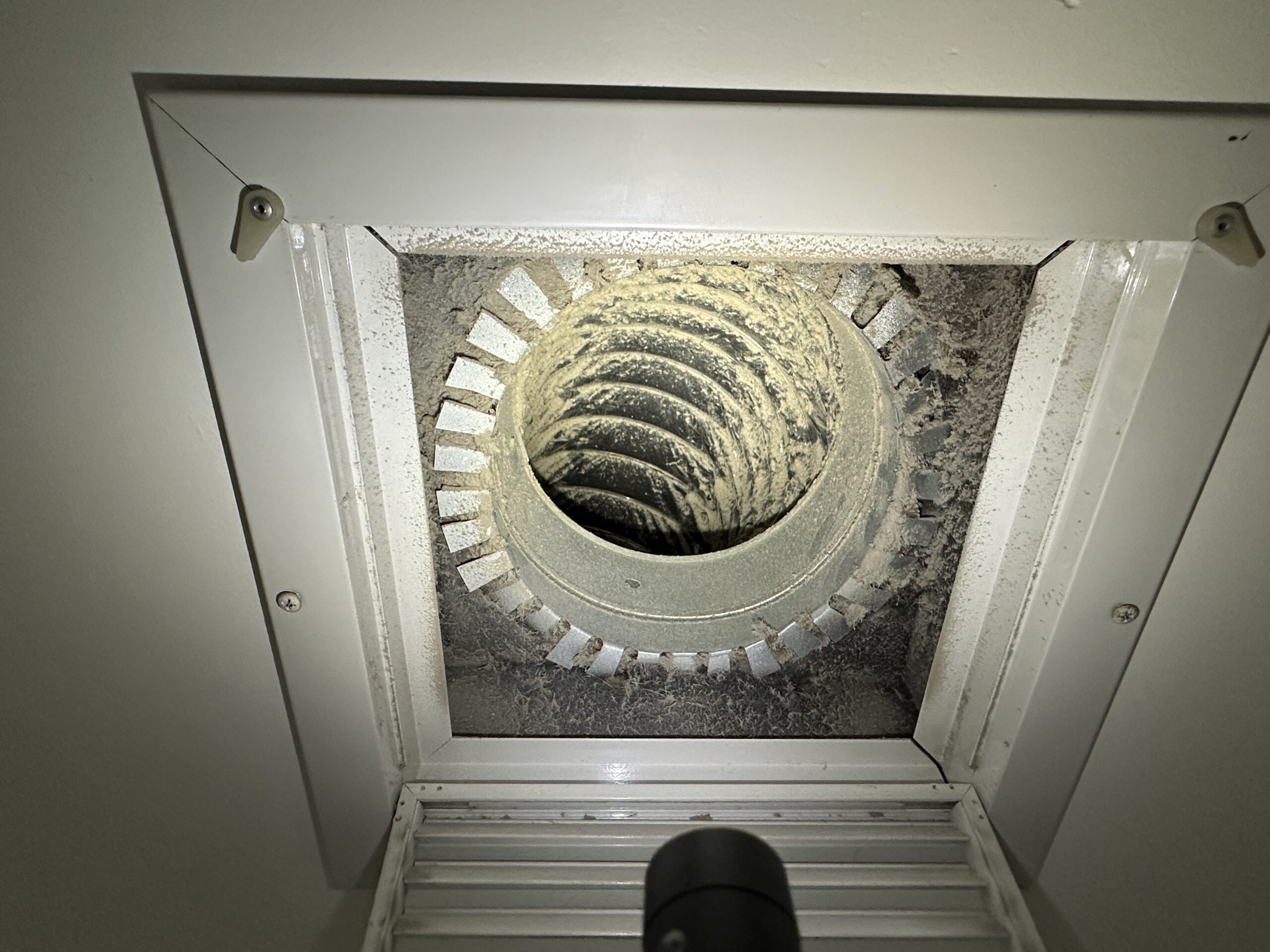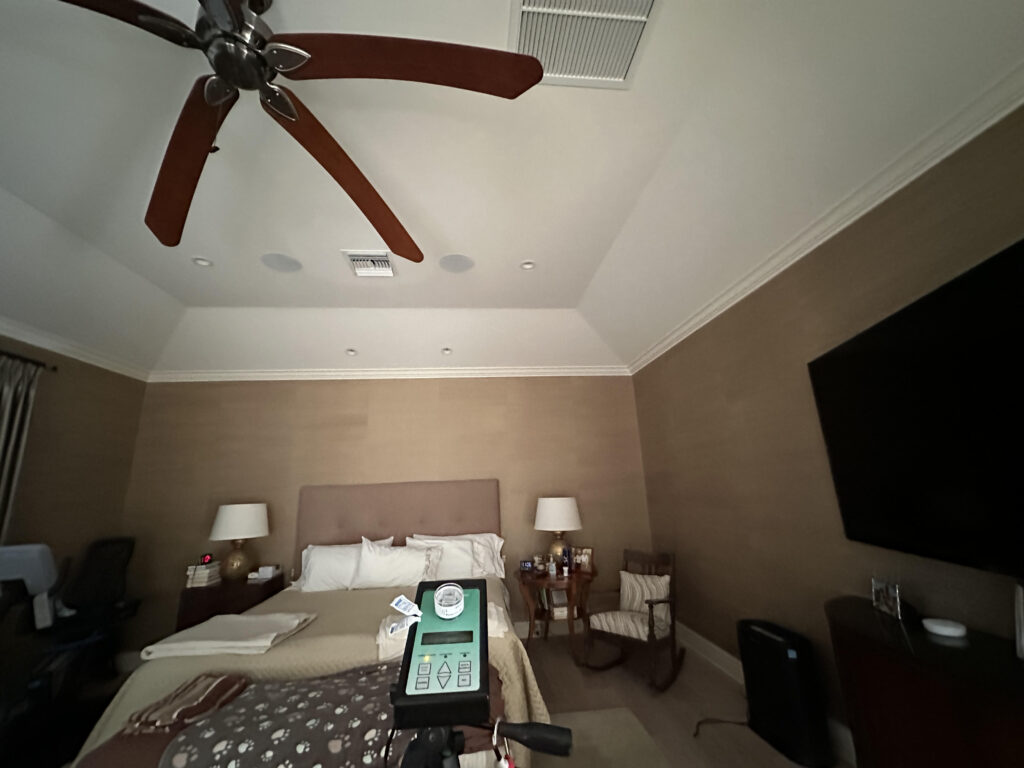Black mold, or Stachybotrys chartarum, is notorious for its health risks and unpleasant appearance. It’s often seen in water-damaged buildings, thriving in conditions that promote its growth. But you might wonder: does black mold grow inside air conditioning (HVAC) systems? The answer is generally no, and there are several reasons why black mold is not a common issue within air conditioning systems. Let’s explore why this is the case.
The Nature of Black Mold
Black mold thrives in environments with high moisture levels, typically on materials that are rich in organic content, like wood, paper, or fabric. It requires a combination of warmth, humidity, and a food source to grow. Given its specific needs, it’s essential to understand why these conditions are not usually met within HVAC systems.
HVAC Systems and Black Mold: The Factors at Play
1. Controlled Temperature and Humidity
HVAC systems are designed to control indoor temperature and humidity, creating an environment that is less conducive to mold growth. Most HVAC systems operate in a range that doesn’t support the high moisture levels needed for black mold to flourish.
- Temperature: Air conditioning systems cool air, which can help reduce the likelihood of mold growth. Mold, including Stachybotrys, prefers warmer temperatures (typically above 70°F). While the HVAC system does not usually keep the air cold enough to inhibit mold growth entirely, it does help in reducing excess moisture.
- Humidity Control: One of the primary functions of an air conditioning system is to dehumidify the air. By removing moisture from the air, HVAC systems make the environment less favorable for mold growth. Black mold needs high humidity levels to grow, typically above 60%. Most air conditioning systems maintain indoor humidity levels below this threshold, reducing the risk of mold proliferation.
2. Limited Organic Material
For mold to grow, it needs a food source. In HVAC systems, the components such as metal ducts and plastic are not organic and do not provide a suitable substrate for mold growth. Black mold specifically requires organic materials like wood, drywall, or paper products to thrive.
- Ductwork Composition: HVAC ductwork is usually made from metal, fiberglass, or plastic, which are not conducive to mold growth because they lack the organic materials black mold needs.
- Filter Effectiveness: HVAC systems include air filters designed to trap particles, including mold spores. While these filters can capture spores, they are not typically an ideal environment for mold to grow.
3. Airflow and Circulation
The design and operation of HVAC systems ensure that air flows continuously through the system. This constant airflow helps prevent the stagnant conditions that mold thrives in.
- Continuous Air Movement: HVAC systems keep air moving throughout the building. Stagnant air is more likely to support mold growth because it allows moisture to settle and materials to remain damp. Continuous airflow helps keep the air dry and prevents excessive moisture accumulation.
- Air Exchange: HVAC systems are also designed to bring in fresh air from outside, which helps dilute any potential contaminants and reduces the likelihood of conditions that could support mold growth.
Other Considerations
1. Maintenance and Cleanliness
Regular maintenance of HVAC systems plays a crucial role in preventing mold growth. If a system is not properly maintained, it might develop issues that could indirectly contribute to mold growth.

- Regular Cleaning: Dust and debris in the system can provide a food source for mold. Regular cleaning and maintenance help ensure that these materials do not accumulate. If the HVAC system is well-maintained, the risk of mold growth is minimized.
- Leakage and Moisture Control: Ensuring that there are no leaks in the system is vital. Leaks can lead to water accumulation, creating conditions where mold might grow. Proper maintenance helps address and prevent such issues.
2. Pre-Existing Conditions
In some rare cases, if there is an issue with the HVAC system that leads to significant water damage, such as a leak or condensation problem, it might create conditions favorable for mold growth. However, this is generally more likely to affect other parts of the building rather than the HVAC system itself.
Expert Opinions and Sources
Various experts and organizations support the idea that HVAC systems are not typical environments for black mold. For instance:
- The U.S. Environmental Protection Agency (EPA) states that while HVAC systems can harbor mold if they are not properly maintained, the conditions necessary for black mold are not usually present in the system itself. The EPA emphasizes the importance of maintaining HVAC systems to avoid potential moisture issues.
- The American Society of Heating, Refrigerating, and Air-Conditioning Engineers (ASHRAE) also notes that while HVAC systems should be regularly maintained to prevent issues, they are designed to minimize conditions that favor mold growth, including controlling humidity and ensuring air circulation.
Conclusion
Black mold (Stachybotrys chartarum) is not commonly found growing within air conditioning systems due to several factors. HVAC systems are designed to control temperature and humidity, key factors that black mold needs to thrive. Additionally, the lack of organic material in most HVAC components and the constant airflow help prevent conditions that could support mold growth. While maintaining an HVAC system is crucial to preventing moisture issues and ensuring air quality, the design and operation of these systems generally make them less susceptible to black mold than other parts of a building. Regular maintenance and monitoring remain essential to keeping any potential mold issues at bay.
Sources:
- U.S. Environmental Protection Agency (EPA). “Mold Guidance.” EPA Mold Guidance.
- American Society of Heating, Refrigerating, and Air-Conditioning Engineers (ASHRAE). “ASHRAE Standard 62.1 – Ventilation for Acceptable Indoor Air Quality.” ASHRAE Standard 62.1.
- Centers for Disease Control and Prevention (CDC). “Mold.” CDC Mold Information.


